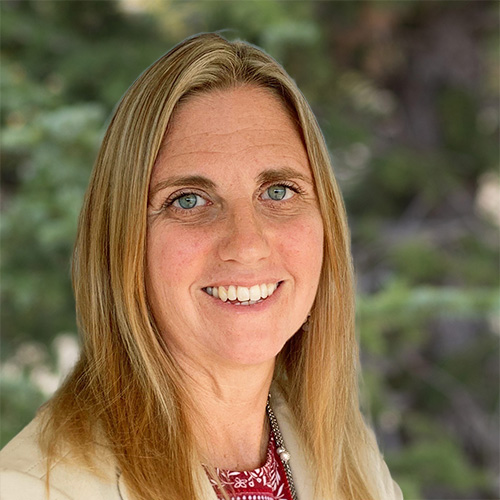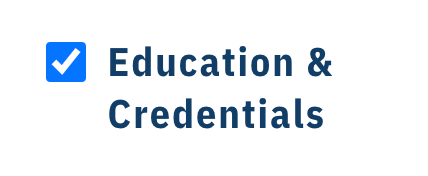
Ms. Jennifer Pettis Schallert is a senior solution architect with more than 20 years of experience answering complex questions with data-driven solutions. Her scientific background spans various areas of biology and environmental science, including fisheries biology, acoustics, sediment studies, ecology, marine mammals, and clinical research. Creating analytical tools in these diverse areas with stringent regulatory oversight has honed her ability to provide clear solutions that facilitate communication and decision-making among stakeholders, scientists, and regulators alike. Her foremost passion is to find ways to make complicated data transparent and easily communicated.
Ms. Pettis Schallert can advise on study design, data collection, and analytical methods based on the question of interest; complete analyses; and build analytical and visualization tools leveraging a variety of solutions. These tools may range from simple scripts that automate repetitive data tasks to a package of functions to perform complicated statistical models and analyses. In addition, she is adept at putting these backend solutions into dashboards to allow stakeholders user-friendly and interactive data visualizations. Her technological experience includes R, MATLAB, Shiny, Python, SAS, IDL, and LaTeX. Because she works in regulated environments, Ms. Pettis Schallert has a strong understanding of how regulatory and resource agencies interact during regulatory and permitting processes. She has had firsthand experience working with EPA, FDA, U.S. Army Corps of Engineers, NOAA Fisheries, U.S. Fish and Wildlife Service, and Regional Water Quality Control Boards.
M.S., Biology, Georgetown University, Washington, DC, 2004
B.S., Biology, University of Kansas, Lawrence, Kansas, 1999
First Aid and CPR certified (2018)
Jennifer Pettis Schallert Senior Solution Architect
Ms. Jennifer Pettis Schallert is a senior solution architect with more than 20 years of experience answering complex questions with data-driven solutions. Her scientific background spans various areas of biology and environmental science, including fisheries biology, acoustics, sediment studies, ecology, marine mammals, and clinical research. Creating analytical tools in these diverse areas with stringent regulatory oversight has honed her ability to provide clear solutions that facilitate communication and decision-making among stakeholders, scientists, and regulators alike. Her foremost passion is to find ways to make complicated data transparent and easily communicated.
Ms...
Ms. Jennifer Pettis Schallert is a senior solution architect with more than 20 years of experience answering complex questions with data-driven solutions. Her scientific background spans various areas of biology and environmental science, including fisheries biology, acoustics, sediment studies, ecology, marine mammals, and clinical research. Creating analytical tools in these diverse areas with stringent regulatory oversight has honed her ability to provide clear solutions that facilitate communication and decision-making among stakeholders, scientists, and regulators alike. Her foremost passion is to find ways to make complicated data transparent and easily communicated.
Ms. Pettis Schallert can advise on study design, data collection, and analytical methods based on the question of interest; complete analyses; and build analytical and visualization tools leveraging a variety of solutions. These tools may range from simple scripts that automate repetitive data tasks to a package of functions to perform complicated statistical models and analyses. In addition, she is adept at putting these backend solutions into dashboards to allow stakeholders user-friendly and interactive data visualizations. Her technological experience includes R, MATLAB, Shiny, Python, SAS, IDL, and LaTeX. Because she works in regulated environments, Ms. Pettis Schallert has a strong understanding of how regulatory and resource agencies interact during regulatory and permitting processes. She has had firsthand experience working with EPA, FDA, U.S. Army Corps of Engineers, NOAA Fisheries, U.S. Fish and Wildlife Service, and Regional Water Quality Control Boards.

